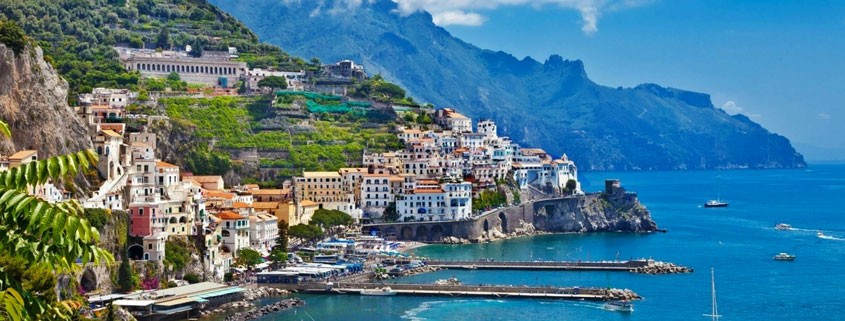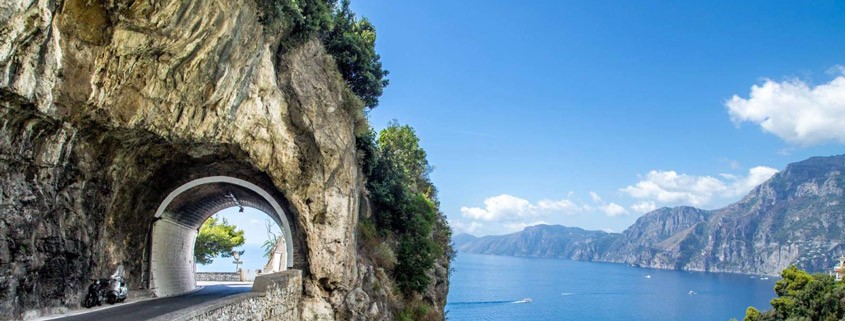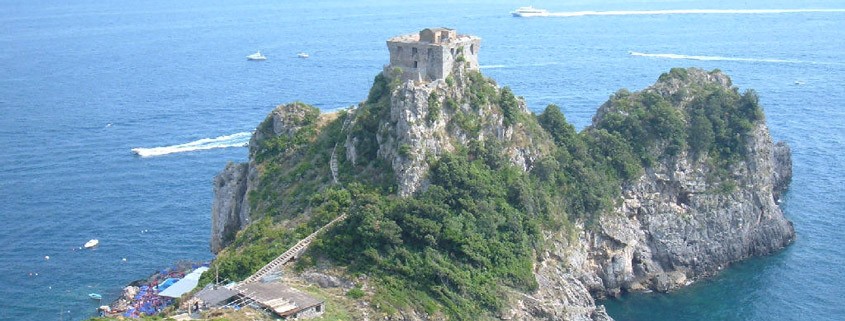Info Tour
Tour n. 4: Sorrento – Amalfi Coast
From: Naples / Sorrento / Amalfi / Salerno
Duration: 8 ½ hours
Pick–up: 8:00
Drop Off: 16:30
Price from: € 63,00 p.p
Tour Service
Included: Deluxe Mercedes Vehicle, English speaking driver, water bottle 500 ml, free Wi-Fi on board, All tolls, parking, petrol.
Not Included: Entrance tickets (where applicable), meals, tips, Authorized guide (available on request).
Note: Every itinerary, the time of the pick-up and drop-off can be modified to fit any special need or request.
Sorrento
About 30 miles south of Naples, it is a very famous tourist city, for its artistic and natural beauties. The town has probably Greek origins: it is a common belief that the name “Surrentum” comes from the Sirens, mythological marine creatures, half women, half fish, that charmed the sailor men with their singing, pushing them to shipwreck against the rocky cliffs of the Peninsula.
During the Imperial age, Sorrento was chosen as the summer residence by many emperors and roman aristocrats, for its weather. They built many mansions here, like the villa of Pollio Felice and Agrippa Postumo.
The historical center shows the typical plan of the Roman streets; the inner side is surrounded by XVI century walls. There are many places that are worth a visit: the Cathedral (rebuilt in the XV century), Saint Francis of Assisi Church, and the Correale Museum (where you can find some Greek and Roman artifacts, and some porcelains from Capodimonte)
Amalfi
It was founded in the IV century by the shipwrecked sailors of a Roman expedition directed to Constantinople. The legend says that the town was named Amalfi from a nymph beloved by Hercules, buried on the seaside for the Gods will.
In the IX century, Amalfi became the first Marine Republic, and it was in competition with Venice, Pisa and Genoa for the control of Mediterranean Sea.
Don’t miss the Cathedral (erected in the IX century), the Dockyard (where the largest roaming boats of the Mediterranean were made) and the Museum of the Amalfitan Paper (where the techniques imported from the the Arabic countries have been improved).







